In the early days of reverse mortgage lending, little attention was paid to the impact of tax deductions from accrued interest on the loan. In part, most borrowers had so little income that any deduction was meaningless. Two important changes in the reverse mortgage landscape, however, have generated a more strategic approach to the home asset.
First, work done by the Academy of Home Equity in Financial Planning at the University of Illinois Urbana-Champaign elevated reverse mortgage lending into the realm of retirement income planning. Combined with changes made by the FHA in 2014 for the Home Equity Conversion Mortgage (HECM), reverse mortgages gained acceptance with financial advisors. Largely relegated in the past as a product of last resort for the financially infirm, the new HECM can be part of a savvy arrangement of assets in entirety to provide retirement security. This means that home equity, roughly two-thirds of the average American’s net worth, is no longer dismissed out of hand in the planning process.
Second, as advisors gain knowledge of reverse mortgages, they are inclined to recommend its use to clients whose financial profile is more likely to benefit from a deduction of accrued interest. This increased comfort with recommending a reverse mortgage is confirmed by an Academy survey of financial professionals which verified that greater education and experience levels correlate to the increased use of reverse mortgages.
The essence of a reverse mortgage is that there are no mandatory monthly payments; interest is tacked on to the loan. The loan balance grows, but the homeowner and the estate have limited liability for the loan amount. No matter how long the borrower is in the house, the house stands as sole collateral for the loan. In the traditional way of using a reverse mortgage, the interest continues to accumulate throughout the life of the loan. Interest on a reverse mortgage cannot be deducted until it is actually paid. If the homeowner dies still residing in the home, as is typical, there can be many thousands of dollars of potential tax deductions available to the estate. This happens because, at long last, the loan is repaid including the accumulated interest.
Barry Sacks, PhD, JD, a tax and pension lawyer in San Francisco identified a way in the Journal of Taxation to streamline the process after death by passing the home directly to an heir whose taxable income can benefit from the sizeable tax deduction.
The 2017 Tax Cut and Jobs Act, however, limited what interest payments can actually be deducted going forward. In order for mortgage interest to be deductible, it must be categorized as a loan for the purpose of building, acquiring or substantially improving the principal residence. This is termed “acquisition debt.” And as Michael Kitces mentions, a refinance of a loan wherein the original purpose was the build, acquire, or substantially improve the principal residence could be categorized as “acquisition debt, as well. This is an important distinction because replacing a traditional mortgage with a reverse mortgage is the most popular way to use a reverse mortgage.
Yet there is another use of the reverse mortgage that few retirees know exists. This product is a reverse mortgage that can be used to purchase a new home, thus the interest accruing is a priori “acquisition debt.” (The portion of interest accumulating on interest may be “home equity debt”, and not deductible, says Kitces.)The reverse mortgage purchase loan allows the homeowner to make a downpayment of roughly 50% with the rest of the financing being in the form of a reverse mortgage. This means that the homeowner can elect to allow interest payments to accrue just like the conventional reverse mortgage. Or the homeowner can elect to make voluntary payments on just the interest to manage the compounding of interest.
Retirement researcher Wade Pfau, PhD, CFA recommends that the homeowner make voluntary payments but suspend those payments in years that a draw on retirement funds would generate stress on the portfolio. Because there are no payments dictated by the loan terms while the borrower resides in the home, the homeowner is free to decide when and if any payment accomodates his cash flow/portfolio preservation needs.
There may be situations where the homeowner would allow the interest to accumulate for years, and later make a large payment to reduce the loan balance. Simultaneously this would create a sizeable interest deduction. As Kitces discusses, to be most efficient, there must be enough taxable income to absorb the deduction. Kitces mentions, as well, that to absorb the interest deduction, the client could elect to take a Roth conversion.
Imagine a 67 woman who uses a reverse mortgage to buy a new house. She sells her family home and from that puts down 50% of $765,600 purchase price. She uses a reverse mortgage to finance the rest of the purchase. The reverse mortgage is acquisition debt. Like any reverse mortgage, there is no requirement to make monthly principal or interest payments on the loan.
Cash flow is especially important to her because she is delaying Social Security until age 70 to maximize her benefit. Rather than make any voluntary payments on her reverse mortgage, she allows the interest to accumulate for five years. This keeps her monthly cash outlay low. Since there are no mandatory mortgage payments, her invested funds continue to grow. She is able to comfortably delay her portfolio distributions until age 72.
At 72, she is now receiving her maximum Social Security benefit and must take an RMD. To reduce her tax burden, she makes a large payment against the reverse mortgage loan balance to reclaim a greater percentage of her equity. When she tallies all of her taxable income she realizes that she could add a Roth Conversion into the tax mix to absorb all that the large interest deduction provides.
Students of reverse mortgages realize, as well, that making a payment on a variable rate Home Equity Conversion mortgage results in a restoration of the HECM Line of Credit. This revolving line is poised for funding future spending shocks, market turbulence, and/or increased longevity. Unlike a conventional HELOC, the lender is not permitted to cancel, freeze, or reduce the line. As the homeowner ages, his access to equity is guaranteed to grow at the rate interest is accumulating on what has been borrowed. This growth component of the HECM Line of Credit continues throughout the life of the loan regardless of the future value of the home.
Sophisticated Retirement DIY’ers are discovering the manifold benefits of including the home as an asset in retirement income planning. Thinking about the possible tax benefits of voluntary payments on a reverse mortgage can play an important role in retirement security.
Reverse mortgages require that the homeowner maintain tax, insurance, and HOA fees and are available for the principal residence of homeowners 62 and over. Information shared is intended to be general in nature. Consult a tax professional for advice.
Shelley Giordano is Co-founder of the Academy of Home Equity in Financial Planning at the University of Illinois, Urbana-Champaign. She is the author of What’s the Deal with Reverse Mortgages?





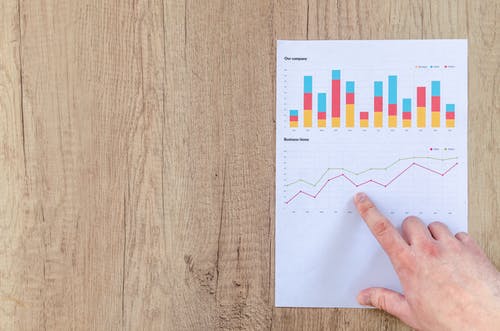
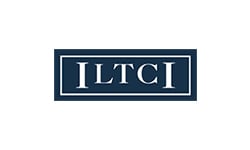

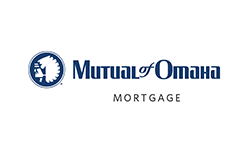
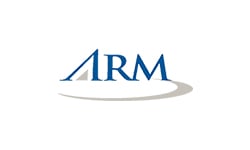
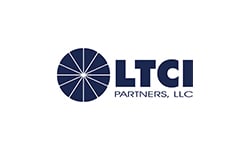




-CMYK.png?width=250&name=LifeSecureLogo(F)-CMYK.png)
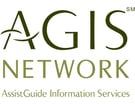


.png?width=860&height=245&name=Full%20Color%20Krause%20Group%20Horizontal%20(002).png)


